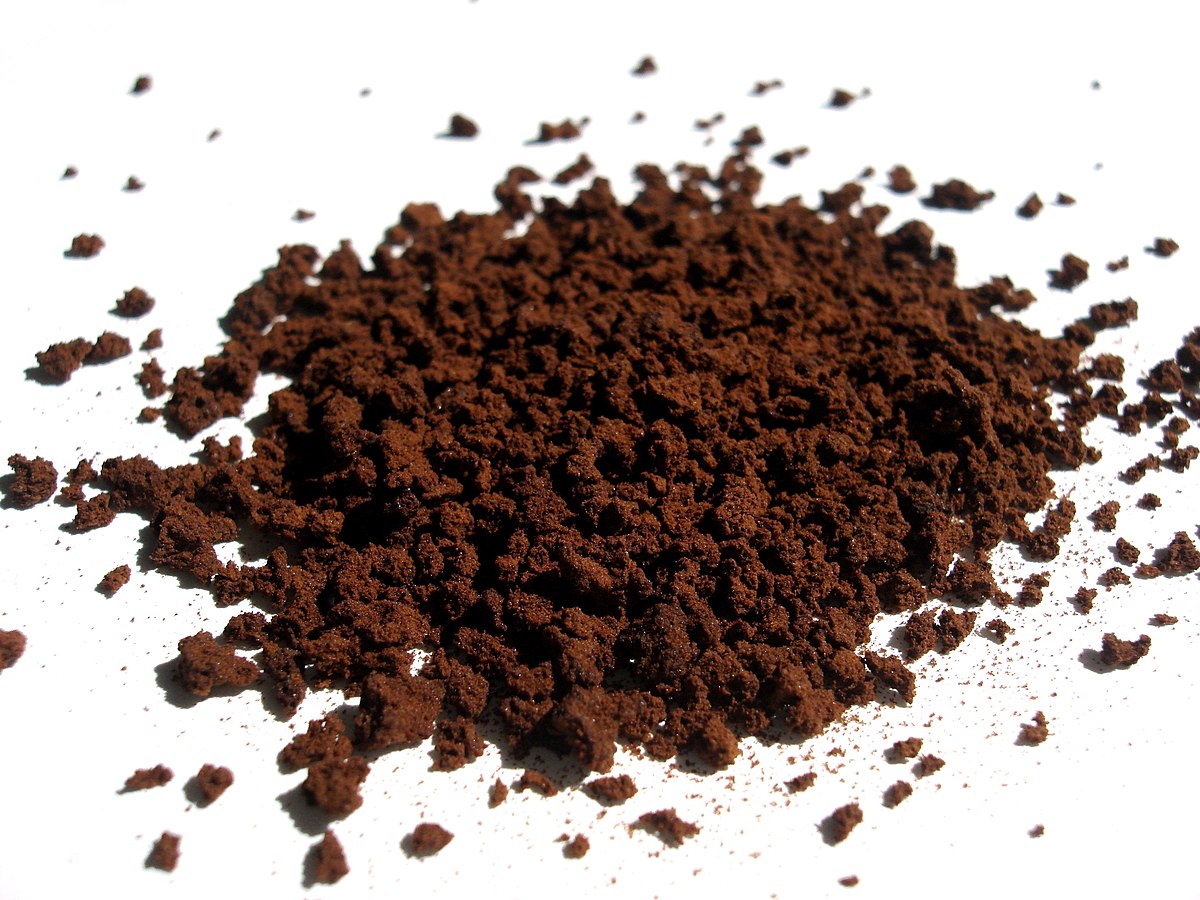Drinking water purification
Around the world, household
drinking water purification systems, including a reverse osmosis step, are commonly used for improving water for drinking and cooking.
Such systems typically include a number of steps:
- a sediment filter to trap particles, including rust and calcium carbonate
- optionally, a second sediment filter with smaller pores
- an activated carbon filter to trap organic chemicals and chlorine, which will attack and degrade certain types of thin-film composite membrane
- a reverse osmosis filter, which is a thin-film composite membrane
- optionally, an ultraviolet lamp for sterilizing any microbes that may escape filtering by the reverse osmosis membrane
- optionally, a second carbon filter to capture those chemicals not removed by the reverse osmosis membrane
In some systems, the carbon prefilter is omitted, and a
cellulose triacetate membrane is used. CTA (cellulose triacetate) is a paper by-product membrane bonded to a synthetic layer and is made to allow contact with chlorine in the water. These require a small amount of chlorine in the water source to prevent bacteria from forming on it. The typical rejection rate for CTA membranes is 85–95%.
The cellulose triacetate membrane is prone to rotting unless protected by chlorinated water, while the thin-film composite membrane is prone to breaking down under the influence of chlorine. A thin-film composite (TFC) membrane is made of synthetic material, and requires chlorine to be removed before the water enters the membrane. To protect the TFC membrane elements from chlorine damage, carbon filters are used as pre-treatment in all residential reverse osmosis systems. TFC membranes have a higher rejection rate of 95–98% and a longer life than CTA membranes.
Portable reverse osmosis water processors are sold for personal water purification in various locations. To work effectively, the water feeding to these units should be under some pressure (280 kPa (40 psi) or greater is the norm).
[10] Portable reverse osmosis water processors can be used by people who live in rural areas without clean water, far away from the city's water pipes. Rural people filter river or ocean water themselves, as the device is easy to use (saline water may need special membranes). Some travelers on long boating, fishing, or island camping trips, or in countries where the local water supply is polluted or substandard, use reverse osmosis water processors coupled with one or more ultraviolet sterilizers.
In the
production of bottled mineral water, the water passes through a reverse osmosis water processor to remove pollutants and microorganisms. In European countries, though, such processing of natural mineral water (as defined by a European directive
[11]) is not allowed under European law. In practice, a fraction of the living bacteria can and do pass through reverse osmosis membranes through minor imperfections, or bypass the membrane entirely through tiny leaks in surrounding seals. Thus, complete reverse osmosis systems may include additional water treatment stages that use ultraviolet light or
ozone to prevent microbiological contamination.
Membrane pore sizes can vary from 0.1 to 5,000 nm depending on filter type. Particle filtration removes particles of 1
µm or larger.
Microfiltration removes particles of 50 nm or larger.
Ultrafiltration removes particles of roughly 3 nm or larger. Nanofiltration removes particles of 1 nm or larger. Reverse osmosis is in the final category of membrane filtration, hyperfiltration, and removes particles larger than 0.1 nm.
[12]

